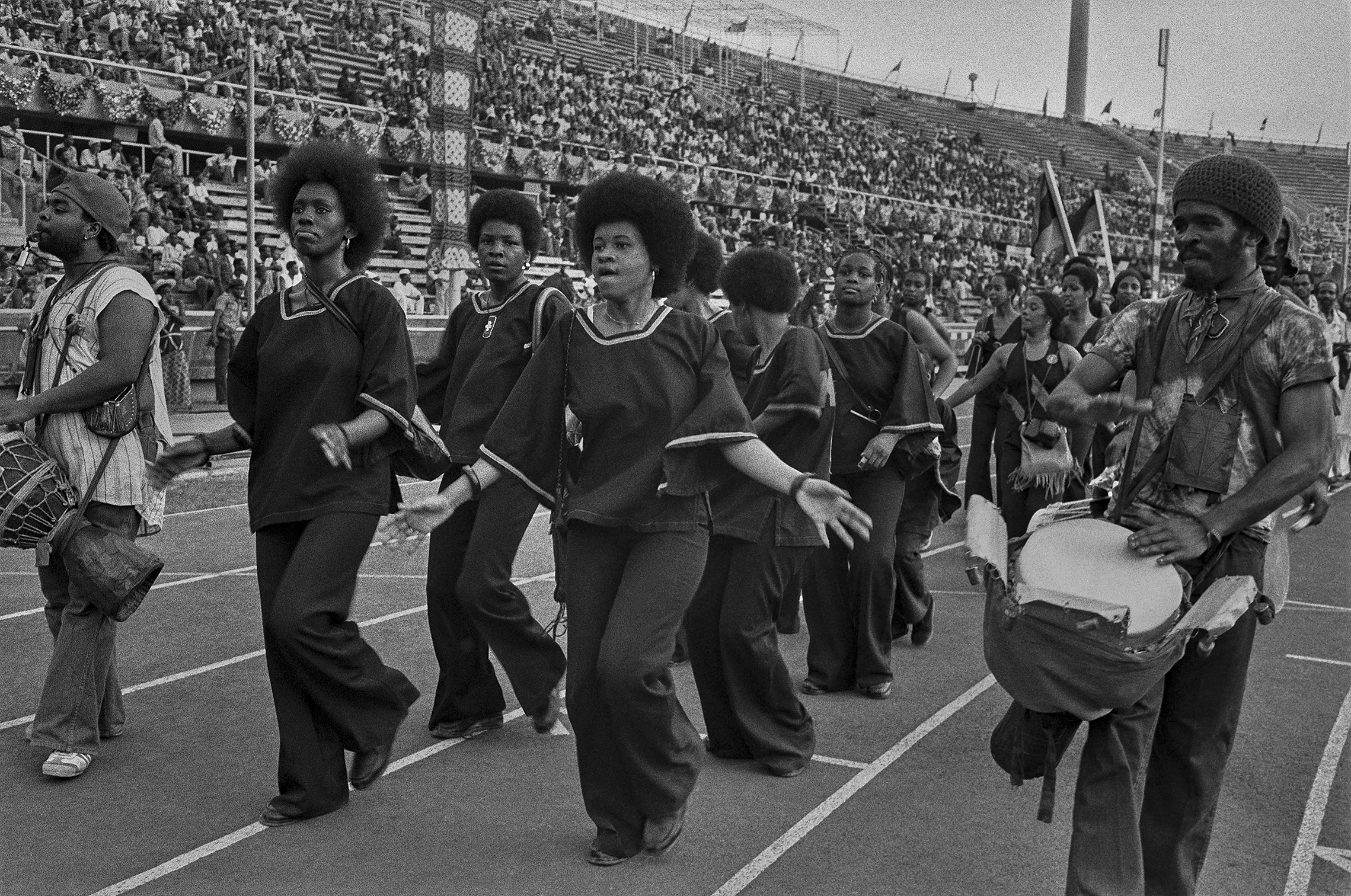
Marilyn Nance: The Women of FESTAC'77 | Betye Saar: New Work
442 South La Brea Avenue Los Angeles, California 90036
Friday, February 23 at 4:00 PM – 6:00 PM
Ends May 8, 2024
Ends May 8, 2024
Roberts Projects is pleased to present Marilyn Nance: The Women of FESTAC’77. The exhibition offers a curated selection from Nance’s vast catalogue of photographs and archival materials that revisits the memory of the Second World Black and African Festival of Arts and Culture (FESTAC’77) from the perspectives of women artists in the American contingent. Objects from fellow participant Betye Saar’s archives are also on display, including her sketches, datebook, personal photos, official FESTAC’77 participation documents and ephemera.
____
Roberts Projects is pleased to present Betye Saar: New Work. Occupying the intersections of historic narrative and ancestral memory, factitive ritual and metaphysical truth, this exhibition is testament to Saar’s enduring legacy as a pioneer of Assemblage art and an American cultural icon. Referencing the tradition of accumulative sculpture that characterizes artistic conventions, Saar’s mixed-media assemblages emerge from a unique succession of gestures that meaningfully build upon each other. This process of accumulation takes aesthetic objects with profound epistemic weight—such as vintage wooden boxes, found objects and photographs—and thoroughly transforms them into mythical entities compounded by historical time.
As a key figure in the Black Arts Movement of the mid-20th century, Betye Saar’s prolific and interdisciplinary practice draws from personal narratives and cultural histories of the Black and African diaspora to make sacred connections between the quotidian and the sublime. Her symbolically rich body of work has evolved over time to demonstrate the environmental, cultural, political, racial, technological, economic, and historical context in which it exists.
Saar’s early observance of Simon Rodia’s building methodology in constructing the Watts Towers in Los Angeles introduced her to ideas of how found materials can simultaneously embody both the spiritual and physical. This objective—paired with her personal interest in metaphysics, magic and the occult—formed the origin of Saar’s assemblage works. Subsequent series after her iconic work The Liberation of Aunt Jemima (1972) have sought to reveal marginalized or hidden histories, and Saar has long examined the social invisibility of Black Americans in service-oriented jobs, the construction of racial hierarchies based on skin tone within Black communities, and the ways that objects can retain the memories and histories of their owners.
- ✨Curate LA Partner
